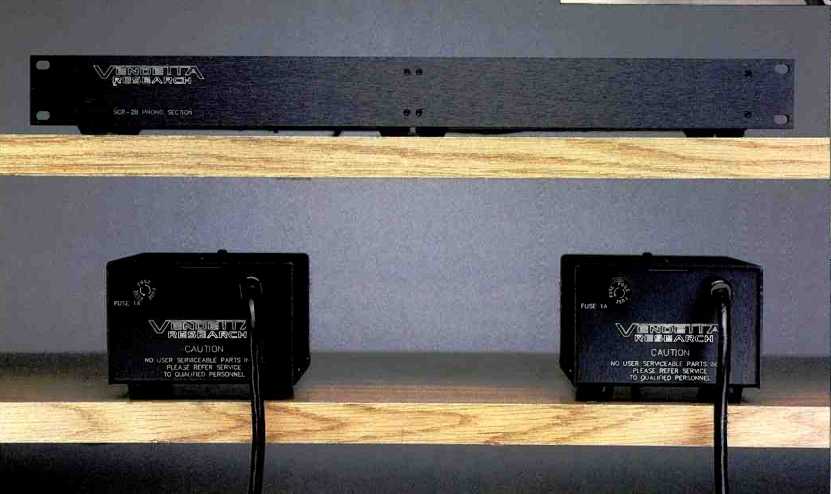
Manufacturer's Specifications
Frequency Response: 0.1 Hz to 1 MHz.
S/N: 90 dBA.
RIAA Accuracy: ±0.1 dB, 10 Hz to 100 kHz.
THD: 0.01% or less at 3 V out, 10 Hz to 30 kHz.
IM Distortion: 0.01% at 3 V out.
Nominal Gain: 62 dB, re: 1 kHz.
Noise: 0.4 nV √Hz or 10 ohms equivalent.
Input Impedance: Adjustable up to 47 kilohms; continuously variable between 10 and 200 ohms.
Polarity Inversion: Does not invert polarity.
Dimensions: Main unit, 19 in. W x 2 in. H x 6 1/4 in. D (48.3 cm x 5.1 cry x 15.9 cm); power supplies, each 4 3/4 in W x 3 in. H x 5 in. D (12.1 cm x 7.6 cm x 12.7 cm).
Weight: 10 lbs. (4.5 kg).
Price: $2,495.
Company Address: 2031 Rumrill Blvd., Suite 16, San Pablo, Cal. 94806.
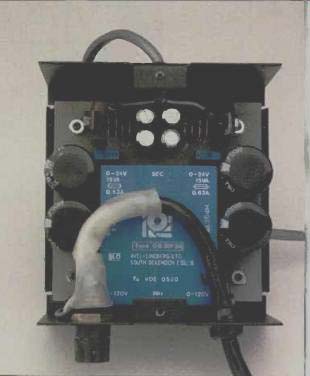

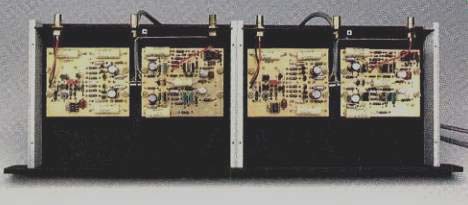
I have known John Curl, the designer of the SCP-2B, for close to 20 years, and we have had many interesting conversations about circuit and noise theory. I respect John very much for his single-minded dedication and diligent work in improving the art and sound of solid-state audio electronics. Having had the opportunity to listen to the earlier "A" version of the Vendetta unit for a while, I was very enthusiastic about it, and through a variety of circum stances, am now reviewing the updated, "B" version.
The Vendetta Research SCP-2B is an RIAA-equalized phono preamp for moving-coil cartridges, with about 60 dB of gain at 1 kHz. It can be used as a stand-alone MC phono stage feeding a line input of a preamp that has a phono stage or to add phono capability to some of the new line-level controllers that don't have phono stages built in.
Physically, the unit consists of two separate power supplies connected to the preamp unit by 6-foot cords. The preamp itself is really two separate preamp channels, each in its own enclosure, mechanically tied together by the front panel. On the rear of each channel is a pair of Tiffany female phono connectors for signal input and output, and a gold plated binding post for ground connection; the ground lead from one's turntable can be connected to either channel's binding post. A 120-V a.c. power cord and fuse-holder are on one end of each power-supply enclosure, and a d.c. power cord to the preamp is at the other end.
The cables between power supplies and preamps are hard-wired, with no plugs. Keeping the two cables untangled is therefore somewhat of a pain if the preamp is moved around very much. No doubt there are sonic reasons for not using connectors, and I, for one, would rather put up with the lack of connectors than to sacrifice any of this unit's sonic attributes. Also, there are no power-on indicators on either the power supplies or the preamp itself. The only user-adjustable features of the SCP-2B are the input-resistance controls. These are very high-quality trimpots inside each preamp and are adjustable from 10 to 200 ohms. To get the desired input resistance, one must measure with an ohmmeter while adjusting these controls. If higher values of input resistance are desired, the 10-ohm limiting resistors can be removed from their sockets and replaced by resistors of higher value. Since these resistors are paralleled by 47 kilohms, simply removing them will change the input loading to this value.
Circuit Description
What kind of circuitry do we find inside the SCP-2B? I was astonished to find a number of small vacuum tubes mounted with rubber bands. (Just kidding! John Curl designs solid-state circuits.) Although I have knowledge of most of the SCP-2B's circuit details, John asked me not to reveal the actual schematics. A block diagram of the signal path is shown instead (Fig. 1). As can be seen, the RIAA equalization is broken up into two parts, with the high-frequency roll-off above 2,120 Hz being accomplished in the interstage coupling between the input pre-preamp block and the out put amplifier block. This works with a parallel RC network because the output impedance of the pre-preamp block is very high. Gain of the pre-preamp section below the 2,120-Hz transition frequency is controlled by the magnitude of R; in conjunction with R, C sets the transition frequency at 2,120 Hz. The RIAA bass boost from 500 down to 50 Hz is done in the feedback loop of the output amplifier section.
The resistor marked R in Fig. 1 was in a different location in the earlier SCP-2A. In the "A" version, it was a shunt to ground across capacitor C. The output amplifier did not invert polarity; because the pre-preamp section did invert, the "A" version was inverting overall. In the "B" version, the output amp is set up to be inverting and the pre-preamp still inverts, so the overall polarity of the unit is noninverting. Resistor R now acts as the input summing resistor to the inverting output stage.
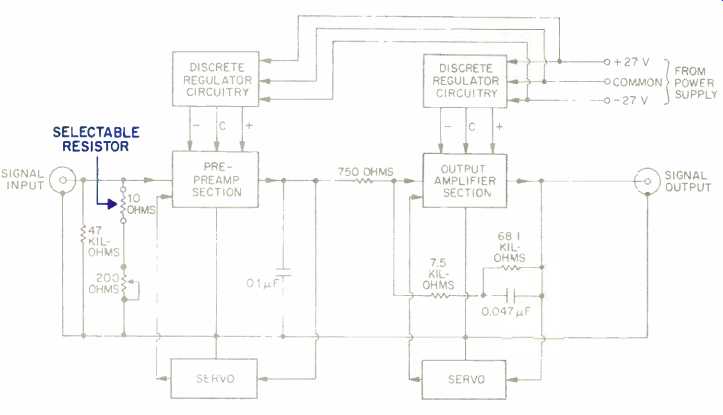
Fig. 1--Block diagram: see text.
The amplifier circuitry it both sections is, naturally, fully complementary, a hallmark of John Curl designs. In the pre preamp section, a non-differential complementary first stage is made up of two paralleled N-type and two paralleled P-type junction FETs of very high transconductance. The drains of the first-stage devices are direct-coupled to the sources of another complementary set of junction FETs in what has been termed elsewhere a "folded cascode" arrangement. Two groups of junction FETs serve as power-supply decoupling regulators to feed lower rail voltages to this circuit section. In the output amplifier, a combination of junction FETs and MOS-FETs is used to create the necessary characteristics. Both the pre-preamp and the output amplifier sections have their own servo circuits to keep d.c. offset to low values.
The power-supply enclosures contain the power trans former, main filter capacitors, and main voltage-regulator circuitry. These voltage regulators are of the TO-220 size, adjustable-output type. The main regulators' outputs are about +26 and-26 V d.c. Inputs to the main filter capacitors are about +33 and-33 V d.c. Each supply has two 6,800-pc capacitors for each voltage polarity, for a total of 27,200 uF per channel-substantially more than many power amplifiers have in their power supplies.
Measurements
Before making my measurements, I removed the 10-ohm limiting resistors that are normally in series with the input-loading trimpots, leaving the 47-kilohm resistors so as to have a high input impedance for the measurements and the subsequent listening tests.
Voltage gain for both channels measured 59.7 dB. IHF sensitivity was 515 1.1.V, producing 0.5 V output at 1 kHz into the IHF load of 10 kilohms paralleled with 1,000 pF of capacitance.
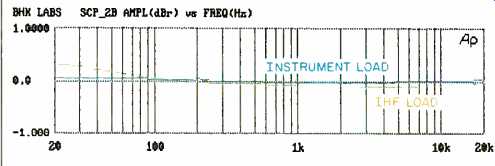
Fig. 2-RIAA equalization error for right channel; see text.
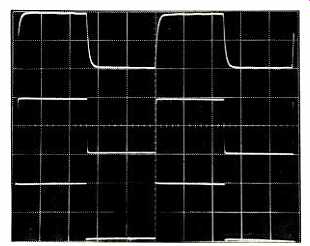
Fig. 3--Response to pre-equalized square waves at (top to bottom) 10 kHz,
1 kHz, and 40 Hz. (Scales: Vertical, 0.5 V/div.; horizontal, 20 uS/div. for
10 kHz, 200 uS/div. for 1 kHz, and 5 mS/div. for 40 Hz.)
RIAA equalization error is shown in Fig. 2. Both channels were so closely matched that I plotted only the right one. This is the lowest RIAA equalization error I have ever seen.
With the IHF load, the left channel was just as flat as both channels were with instrument loading, exhibiting only a slight drop in output level, but the right channel exhibited the mild low-frequency rise shown. Interestingly, this slight low-frequency rise would not occur if the channels were separately fed and measured without a common ground connection between them. Since in most music systems the output grounds are tied together in the following piece of equipment, this phenomenon may occur in practice.
Figure 3 illustrates response to pre-equalized square waves of various frequencies. The SCP-2B's responses are just about perfect (To anyone with a sharp enough eye to see some wiggles along the positive half-cycle of the top trace in Fig. 3, these were produced by my 'scope and not the SCP-2B.) Next I looked at THD + N. It is quite difficult to measure this in a phono preamp with moving-coil gain and not have some hum contamination limit the resolution. At 3 V output, THD + N was less than 0.01% in either channel. (Both channels of this preamp were very much alike in all respects.) I pushed the unit to higher output levels, and you can see from Fig. 4 (which shows THD + N at 10 V out) that distortion rises at the higher frequencies. Results were virtually the same for either my instrument load or the IHF load.
This preamp can drive the IHF load (10 kilohms in parallel with 1,000 pF) with impunity. The fall-off in distortion below about 500 Hz is due to the use of a 400-Hz high-pass filter to get rid of some 60-Hz noise in the setup. The results are valid above, perhaps, 1 kHz. If the hum were not present, I would estimate distortion at 0.01% or so below 1 kHz. A spectrum analysis of harmonic distortion for a 1-kHz signal at 5 V output appears in Fig. 5. Notable here is the lack of higher-order distortion products, the plot indicating only second and third harmonics being present. These data all suggest that the SCP-2B would have vanishingly low distortion at working levels of 0.5 to 2.0 V output.
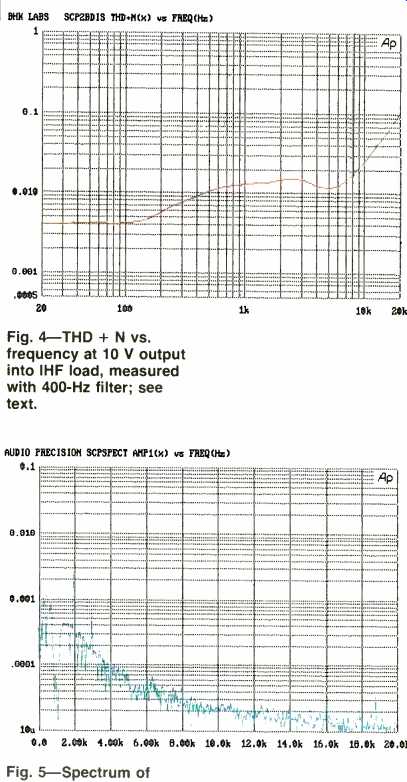
Fig. 4--THD + N vs. frequency at 10 V output into IHF load, measured with
400-Hz filter; see text.
Fig. 5--Spectrum of distortion residue for 1-kHz signal at 5 V out into instrument load.
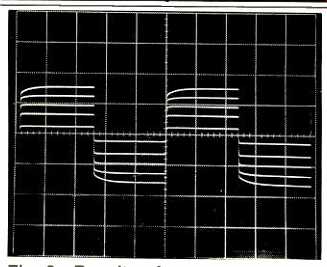
Fig. 6--Results of deliberate high-frequency overload from 1-kHz square
waves at four different input levels. Note the symmetrical clipping; see
text. (Scales: Vertical, 2 V/div.; horizontal, 200 µS/div.)
The SCP-2B clipped at about 15 V rms with either instrument or IHF loading. When loaded with 600 ohms, it clipped sooner, at 13 V. Although distortion is higher with a 600-ohm load, the SCP-2B will drive it competently. I got less than 0.1% THD + N at 4 V output over most of the audio range.
Table I shows the data for phono overload versus frequency. Results are the same for both channels and for instrument or IHF loading. As can be seen, the behavior is ideal in that the attainable output level at visual onset of clipping is constant with frequency. Related to the sine wave overload with frequency is the reproduction of pre equalized square waves at increasing output levels. As I have mentioned in other reviews, it can be argued that the high-frequency content of this signal is rather out of band, i.e., above 20 kHz. Yes-but so is the distortion that results from mistracking in many moving-coil pickups; the high-frequency distortion test is one measure of circuit (or cartridge) excellence. In Fig. 6 we see that the Vendetta puts out a healthy ±2 V before high-frequency compression sets in. As can be seen, the waveform stays symmetrical in shape when compression does occur, a desirable trait.
Table I--Phono-overload vs. frequency. Overload occurred at an output level of 15.0 V for all frequencies, and was the same for both channels and for instrument and IHF loads.
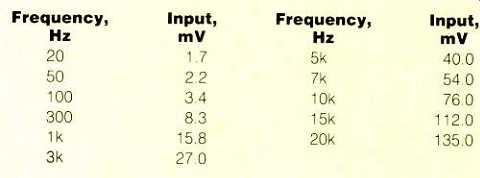
Table II-Referred input noise and IHF S/N ratios vs. source impedance.
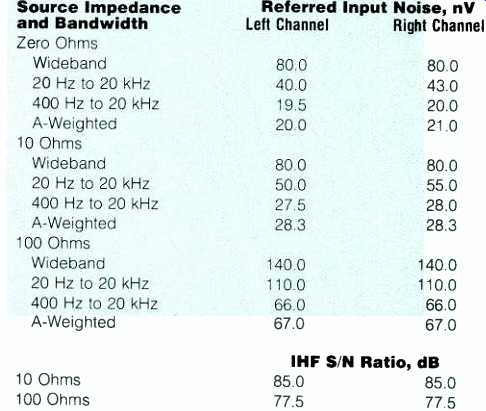
Interchannel crosstalk was looked at, although one wouldn't expect to see any in a real dual-mono design such as this. Nary a trace of crosstalk could be found; the un driven channel just produced its amplified input noise.
Referred input noise as a function of source resistance and measurement bandwidth is given in Table II. As can be seen from the data, this circuit has very low noise. The noise measured over a bandwidth from 400 Hz to 20 kHz and with zero source resistance is right down there with the lowest I have ever measured. Vendetta Research claims an equivalent input noise resistance of 10 ohms--i.e., that increasing the source resistance from 0 to 10 ohms would increase the referred input noise by 3 dB. My measurements of A-weighted noise and of noise in the band from 400 Hz to 20 kHz bear this out.
A few miscellaneous measurements: The output impedance of the SCP-2B was found to be about 35 ohms, a very low value, and d.c. offset at the outputs was within 2 to 3 mV of zero.
Use And Listening Tests
Record playing equipment used to evaluate the Vendetta Research SCP-2B consisted of an Oracle turntable fitted with a Well Tempered Arm and Spectral MCR-1 Select cartridge. Other preamps on hand were a Berning TF-12 and my ever-present Cook-King reference unit (a tube phono preamp with a passive selector switch and stepped attenuator). Power amplifiers used were EAR 519, Berning EA 2101, and Cary Audio monoblock CAD-50SLs. Speakers used were pairs of Siefert Research Magnum Ills and Martin-Logan Monolith IIIs.
I must admit that I liked the sound of the Vendetta unit when I first tried the "A" version a number of months ago. My listening notes from that experience indicated that I felt the sound was the best that I had heard from a solid-state phono preamp. Though the sound was different from my reference tube preamp as outlined below, I even went so far as to say that I would just as soon listen to the Vendetta.
Blasphemy! What is going on here? The die-hard tube freak liking a solid-state unit just as much? Now that I am reviewing the revised version, I can better describe what I currently hear. Since I didn't have both versions available at the same time, I really shouldn't comment on the presumed improvement in the "B" version, but I can say that the sound that I get with the present unit is very delicate and detailed, with great resolution. In fact, I get more of these qualities than with my tube phono preamp.
What I really like about the SCP-2B is that the detail and resolution come without the irritation and edginess so common in preamps. On the other hand, the tube circuit seems to be a bit softer and puts a deeper, more believable space around things. If I compare the sound of the SCP-2B preamp with other commercially available preamps that I have listened to on my setup, I would put the Vendetta right up there with the best of them.
(I haven't expressed this thought before in these pages, but I can't help thinking of an analogy between the sound of the better pieces of audio gear and bottles of fine wine. With both, it frequently boils down to a question of which bottle of wine or audio component I want to enjoy at a particular moment rather than which bottle is rated "best" or which component is most accurate on an absolute basis.) No operational surprises or glitches occurred in using the SCP-2B. Hum and noise were simply not present when playing levels louder than I would normally use. I would recommend leaving the unit on and powered continuously, as its best sound takes a while to develop.
In summary, I really think the Vendetta Research SCP-2B is a great piece of equipment. During the measurements, it performed excellently in every way and serves as an example of superior circuit design and what can be achieved by it. I have surely enjoyed using the SCP-2B and am seriously considering getting one for my own musical pleasure and to have as a reference. Give this unit a serious audition.
-Bascom H. King
(Source: Audio magazine, Dec. 1990)
Also see:
Tandberg TCA 3018A Preamp and TPA 3026A Amp (Apr. 1987)
Carver CT-17 Tuner/Preamp (Dec. 1990)
= = = =